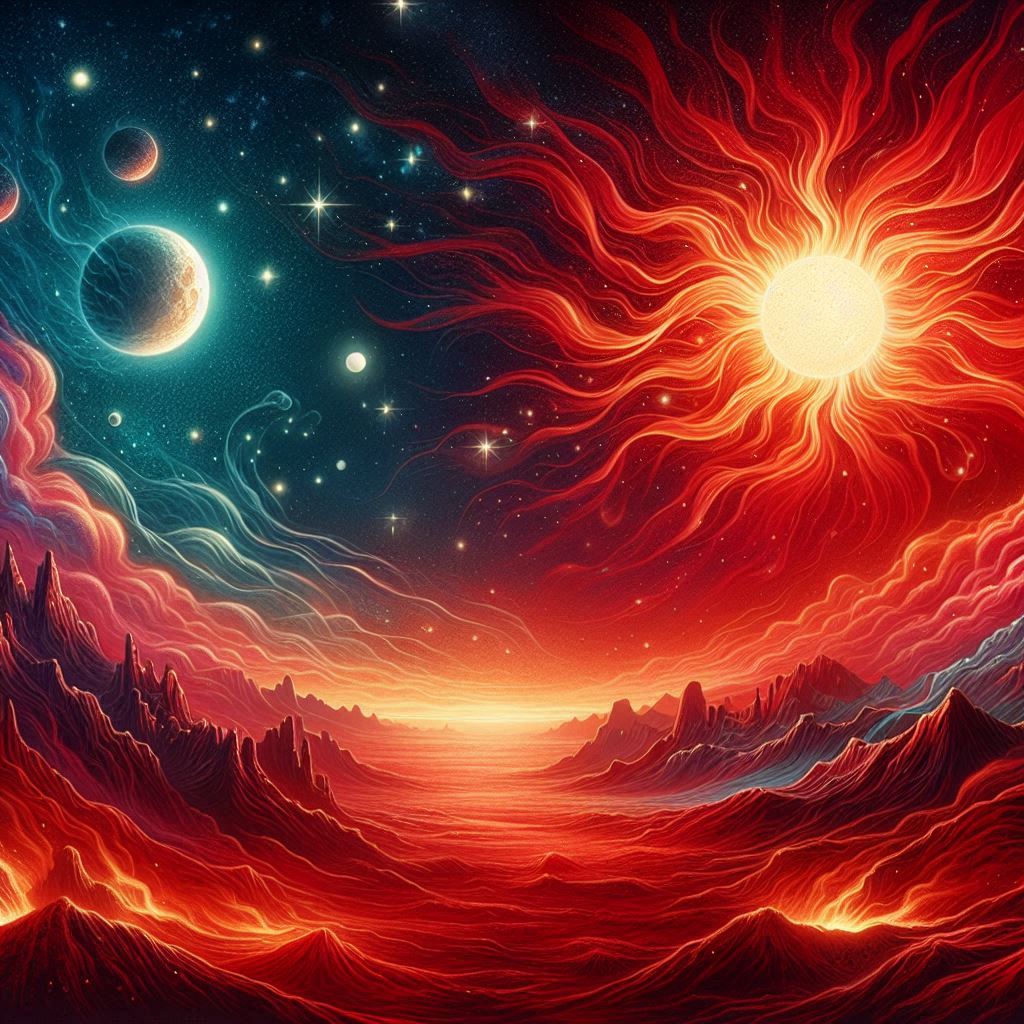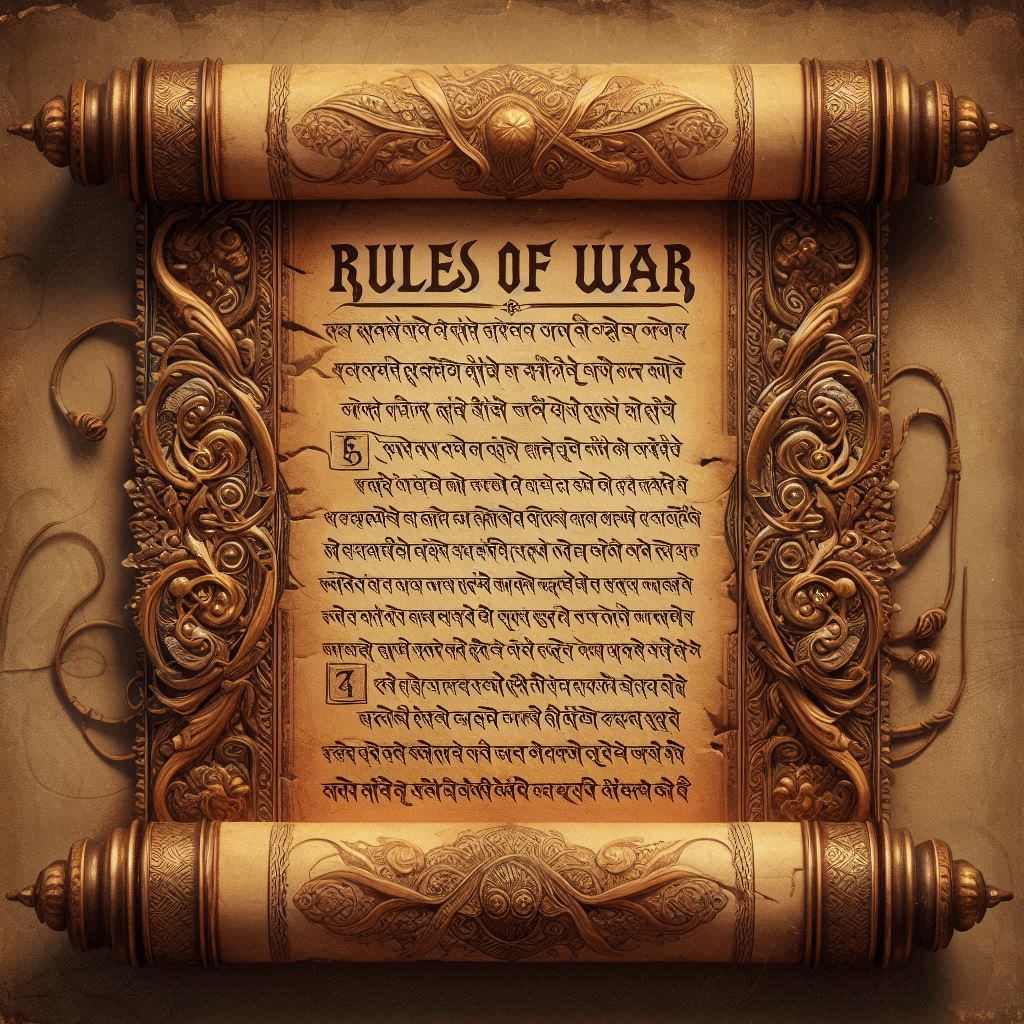Back on the Kurukshetra battlefield, both sides, the Kauravas and the Pandavas, were ready and facing each other. The warriors were dressed up in armours and stood on their chariots filled with weapons. Arjuna had Krishna as his charioteer.

To signal their intention, Krishna and the Pandavas blew their conches loudly. The sounds reverberated throughout the battlefield. An interesting aspect is that every conch had a name. The warriors named their conches and personalized them. Conches were a valuable asset for the Kshatriyas. They carried them whenever traveling, dueling, etc. The sound from the conch could be heard for many meters. It also indicated the lung capacity and stamina of the warrior. The Brahmins used conches during prayers and yagnas.
In Bhishma Parva, Sanjaya began his descriptions of the battle to Dhritarashtra. He said that the Pandavas and Krishna blew their conches after they stood poised and ready in the day’s army formation.
So what were the conches called? Check out below!
- Krishna’s conch – Panchajanya (it belonged to a danava named Panchajana, who Krishna killed; similarly, Krishna took the chariot from Jarasandha after Bhima killed the king of Maghada)
- Arjuna’s conch – Devadatta (since it was a gift from Indra, his father)
- Bhima’s conch – Paundra
- Yudhistira’s conch – Anantavijaya (meaning victory forever or never-ending victory)
- Nakula’s conch – Sughosa (meaning something that makes a pleasant sound)
- Sahadeva’s conch – Manipushpaka (meaning jeweled bracelet)
The warriors artfully decorated the conches based on their tastes and matched their personalities.
Most warriors had their own conches. Throughout the war parvas, some of these were mentioned by Sanjaya. However, not all names were provided.



